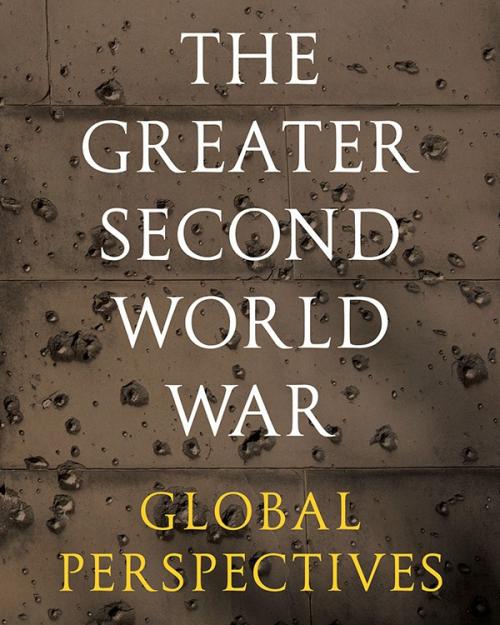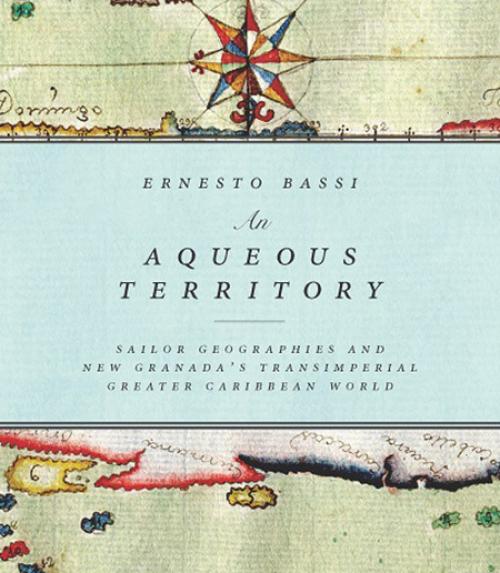Maps of the Caribbean coast in the late 18th century were crafted with political purpose but did not always represent the geopolitical reality in which residents lived.
In a new book, Ernesto Bassi traces the configuration of a geographic space he calls the “transimperial Greater Caribbean,” made up of sailors, traders, revolutionaries and indigenous peoples living a cross-border existence in which trade, information and people circulated, often with little regard for imperial regulations. As Bassi describes in “An Aqueous Territory: Sailor Geographies and New Granada’s Transimperial Greater Caribbean World,” it was a space that was simultaneously Spanish, British, French, Dutch, Danish, Anglo-American, African and indigenous.
“Political geographies are boxes that can force historians to ask the wrong questions and can limit the field of study,” says Bassi, assistant professor of history. “When you come to a project being fascinated by sailors and their mobility like I did, it immediately becomes obvious that you need to break free from this prison of ‘methodological nationalism.’”
Uncovering and understanding this region, says Bassi, is impossible if looked at through the exclusive lens of nation-states, empires or other conventional world-regionalization schemes. People’s lives transcended these geographical units, whose borders were far more porous than is typically perceived.
Few other places in the world were as geopolitically complex as the Caribbean in the transformative period of the mid-18th to mid-19th century, the span of Bassi’s book. Five European empires had claims in the region and many independent republics were forming. But despite war being a consistent element, sailors’ interactions across imperial borders were friendly and based on trade, says Bassi. Because sailors exchanged information and goods at so many ports, they drew less-mobile individuals into the transimperial milieu as well.
In his exploration of the “lived geographies” of the region’s inhabitants, Bassi challenges preconceived notions – and maps – and calls into question the emergence of independent nation-states as a “preordained way of organizing global space.” Focusing on Colombia, he shows that its creation as a republic covering a particular area of the globe was not inevitable in the aftermath of the Spanish-American wars of independence.
One example Bassi addresses is that of the indigenous Cuna and Wayuu peoples who inhabited what European powers considered Spanish territory. As Bassi writes, “Participation in transimperial networks of exchange made it possible for these maritime Indians to remain masters of their domains” – such as the chiefs sending their children to Jamaica to learn how to use the artillery they bought from the British, which allowed them to retain their independence from the Spaniards.
Bassi also cautions against circumscribing our understanding of the American Revolution and Colombia’s war of independence within political geographies. Both conflicts reverberated politically and economically throughout the Caribbean, such as the repercussions for planters of the British loss of the 13 North American colonies.
Political considerations affected the lived geographies of Colombia, as well, and its evolution into a nation state. Colombian nation-makers deliberately set out to create a mental map for its people that pivoted not toward the Caribbean world they considered savage and uncivilized – and therefore threatening – but toward the North Atlantic. In developing a sense of the place of Colombia in the world, they imagined mental maps that distorted physical geography to align Colombia not with the nations closest to it, but toward the Euro-Atlantic world order. As Bassi notes, these nation-makers succeeded in re-making how Colombia presented itself to the world (although not necessarily in how the world perceived Colombia).
“The last chapter of the book explains how even today when Colombians think about their country, they don’t have a historical memory of the interconnectedness of the Caribbean,” says Bassi. “For them, the transimperial Greater Caribbean doesn’t exist and never did.”
Bassi is working on two projects. “Plantation Dreams” is a retelling of the rise of capitalism from the perspective of the viceroyalty of New Granada (he described aspects of the project in a panel at the Histories of Capitalism 2.0 conference last fall). His second project examines the history of the emergence and development of Spanish speaking communities in Anglophone cities in the Americas in the early 19th century.
This story also appeared in the Cornell Chronicle.




